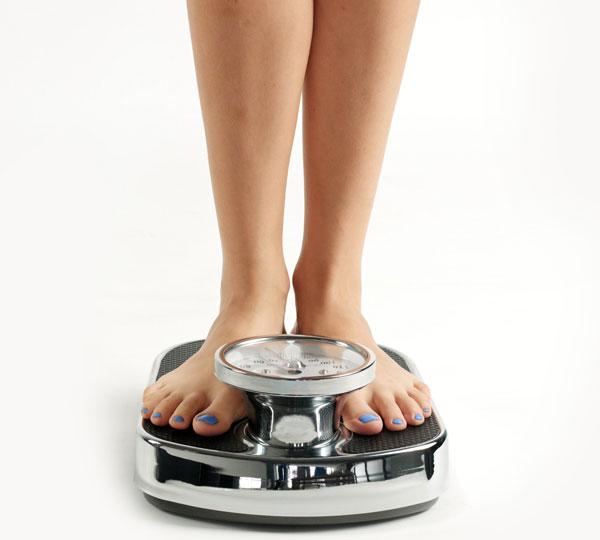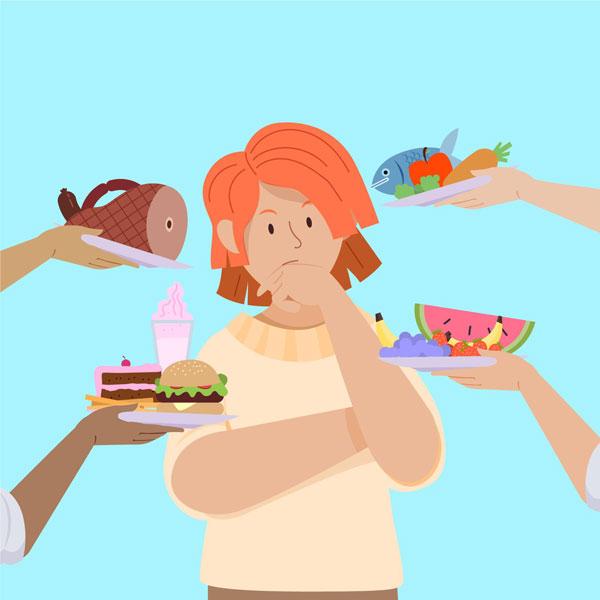Unlocking the Benefits of a Healthier You
Reasons to Lose the Weight
Your health is a priceless treasure, and understanding the profound impact of weight on your well-being is the first step towards a healthier and happier life. In this section, we’ll explore the various health risks associated with obesity and how taking control of your weight can significantly reduce these risks. Let’s embark on a journey to better health and vitality, one reason at a time.


Unveiling the Truth: Obesity and Your Health
Health Facts about Obesity
We are built from the food we eat, and approximately 60% of all Americans are overweight. The vast majority of overweight persons are this way because they simply do not burn up the fuel they take in. But there are rare circumstances in which abnormalities in metabolism lead to uncontrolled storage of fat. It takes approximately 3,500 excess calories (more food or drink taken in than burned off in exercise) for most people to develop one extra pound of fat.
Active Living: Calorie Count
Types of Obesity
Obesity, resulting from overindulgence in food, typically manifests as a condition that affects the entire body. This form of obesity is commonly referred to as exogenous obesity. On the other hand, endogenous obesity, caused by hormonal irregularities, leads to a distinctive and uneven distribution of excess weight, often characterized by notably enlarged hips in contrast to a thinner upper body.
Childhood obesity, in particular, contributes to a significant rise in the overall count of fat cells within the body. A child with excess body fat may carry this burden into adulthood, accumulating as many as 50 billion surplus fat cells. These individuals often face a lifelong struggle with weight management.
Adult-onset obesity, which is more prevalent, is distinguished not by an increase in the quantity of fat cells but rather by an enlargement of the existing fat cells.

Relative Increase of Diseases with Obesity
Many diseases are associated with obesity. If a person is 25% overweight, the death rate is 1.7 times normal. For those 40% overweight, the death rate increases to 2.2 times normal.
Hypertension
Approximately 25 million Americans suffer from high blood pressure, and obesity is one of the chief factors for its occurrence. Extra fat puts an added strain on the entire circulatory system, leading to high blood pressure, strokes, heart attacks and many other problems.
Arteriosclerosis
Hardening of the arteries, known medically as arteriosclerosis, is a disease of aging, but can
sometimes be seen in obese children as young as 5 or 6 years of age. Yellowish -white plaques with cholesterol and calcium deposits cause these arteries to be come rigid and result in high blood pressure, heart attacks, and strokes.
Angina Pectoris
Angina pectoris literally means “strangling of the chest.” It is caused by a temporary insufficiency in blood supply to the heart muscle itself. Symptoms include a feeling of a heavy weight over the chest, pain extending to the chest and arms (especially in
the left), and relief with rest. Common precipitating factors of angina pectoris in obese patients include heavy meals, exertion, cold and smoking.
Myocardial Infarction
Heart attacks are the leading cause of death in the United States. A heart attack occurs when one of the coronary arteries taking blood to the heart muscle is clogged with a blood clot or cholesterol plaque, and the heart muscle is deprived of sufficient nutrition. Over one-half of all patients suffering a first heart attack die before even reaching the hospital. Obesity is one of the leading causes of heart attacks.
Stroke
Strokes are caused by bleeding or blood clots occurring within the brain . Approximately two-
thirds of all strokes are caused by clotting, and one-third by hemorrhaging . Obesity, hypertension, and arteriosclerosis are leading causes of strokes. Strokes produce paralysis, usually on one side of the body, speech defects, mental impairment and often death.
Fatty Heart
The excessive amounts of yellow fat almost totally covering the obese heart will predispose the heart to hardening of the arteries and heart attacks. Obese persons literally smother their hearts with excessive fat tissue.
Fatty Liver
Fatly liver is a condition in which there are excessive deposits of fat in the liver cells coloring
the liver yellow. It is associated with a variety of problems, including alcoholism, obesity, diabetes, certain anemic problems and chronic infections. There is no specific treatment for fatty liver, except to control the problems causing it , such as alcoholism or nutritional abnormalities.
Gallstones
Gallstones occur in approximately 15% of the adult population, and are particularly prone to be seen in obese middle-aged women. Gallstones may produce symptoms of indigestion, bloating and abdominal pains. If the stones obstruct drainage of bile from the gallbladder or liver, severe pain and gallbladder inflammation will result, requiring emergency surgery.
Fatty Kidney
Obesity not only causes large deposits of fat tissue about the kidneys, it leads to hypertension and degenerative changes within the kidneys. These degenerative changes associated with obesity, arteriosclerosis, and hypertension will eventually lead to kidney failure .
Diabetes
Over 10 million Americans suffer from diabetes, more than 20% of these persons don‘t know they have the disease, and more than 80% of adult diabetics are overweight before the disease develops. Most people are at least 15% too heavy when they develop diabetes. Maintaining proper weight is frequently the only way to prevent diabetes in middle-aged and older persons.
Diabetic Retinopathy
Few people associate obesity with blindness, but because of the high percentage of diabetes related to obesity, there is actually a definite link between the two. Diabetes is the leading cause of blindness in America. Diabetics are prone to develop tiny
hemorrhages in the retina of the eye, known as diabetic retinopathy. Areas of past bleeding may be seen as white, irregular scars intermixed with areas of recent bleeding. There is no specific treatment for diabetic retinopathy other than weight control and management of the diabetes itself.
Varicose Veins
Permanently distended and tortuous veins are a problem often associated with obesity. They result from excessive loads on the vascular system, particularly in the legs. These distended veins are very susceptible to injury, resulting in skin sores known as stasis ulcers. Deep erosions of these ulcers may eventually lead to gangrene and the necessity tor amputation.
Hemorrhoids
Dilated varicose veins of the lower portion of the rectum and anus are known as hemorrhoids. These ballooned-out veins result from excessive pressure on the venous drainage system, and are associated with obesity, pregnancy and constipation. If these
veins become swollen and filled with clotted blood, considerable pain occurs and eventually surgery may be necessary.
Degenerative Arthritis of Hip
Degenerative arthritis is a wearing-out process of a joint. Obesity is a major contributing factor to this problem because overweight persons may carry excessive loads on their joints, particularly the hips and knees. The articular surfaces of these joints become ragged and scarred with calcium and bony deposits. Any type of movement becomes very painful. Treatment involves weight reduction, avoidance of unnecessary stress, and sometimes surgical replacement of the diseased joint with an artificial joint.
Degenerative Arthritis of Knee
Chronic pain and swelling of the knees is commonly seen in older obese persons. This condition can be greatly relieved through weight reduction and proper use of a cane to remove some stress from the knees during walking. Surgical replacement with an artificial knee joint is necessary in severe cases.

Enhance Your Weight Loss Journey
Satisfy Cravings, Boost Metabolism
Discover snacks that satisfy cravings and support your metabolism goals. Explore our snacks category to find nourishing options that enhance your healthy lifestyle. Click ‘Buy Now’ to start your flavorful journey.
